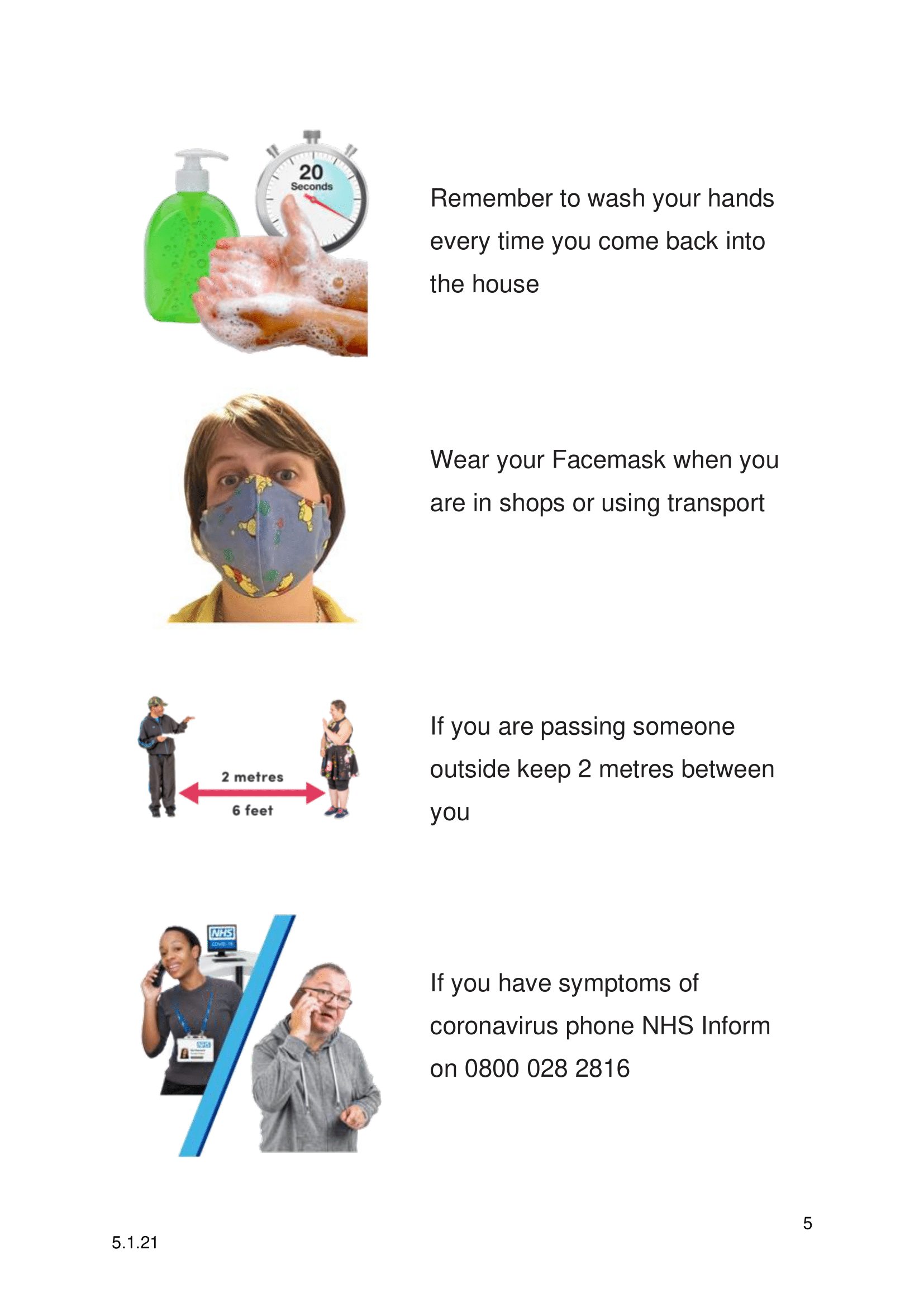

is considering a shorter period for vaccinated people with breakthrough cases. is now allowing sick people to test out of isolation at day seven, and the U.S. Shortening isolation periods in light of Omicron might help minimize these disruptions. It’s why the NHL canceled its games through Christmas and why several museums in London have closed their doors. Even if customers remain willing to go out, businesses will have to close when too many employees end up sick or get stuck in quarantine. Whatever the effect of a soft lockdown on the spread of Omicron, it will affect the economy too. Read: Omicron is the beginning of the end In London, where the Omicron-fueled growth of cases already seems to be slowing, a number of factors may be at the root: behavior changes, maxed-out testing capacity, or the virus running into a wall of immunity. Case trends will be hard to interpret over the next few weeks. Now the shutdowns are much more of a patchwork, with some businesses closing and some events canceled, says Micaela Martinez, an infectious-disease ecologist at Emory University. It’s easier to look at the impact of official policies that have start and end dates, like last year’s school or business closures. Predicting how humans behave has been one of the biggest challenges of the pandemic. And in communities where people are very over COVID, it may not happen at all. Omicron is surging at a time when Americans are already weary of the pandemic, so this soft lockdown may not last very long. Just as our voluntary actions can act as a brake on rising cases, they can also slow a wave’s decline. This too may be related to behavior: People might become more careful when they see an initial surge in cases but let their guard down when pandemic fatigue sets in.

Those peaks also tend to be asymmetrical, with steeper rises than falls. According to work by Weitz and his colleagues, this helps explain why COVID cases have peaked and plateaued multiple times over the course of the pandemic.

In other words, “when you see a peak and see it go down, it doesn’t mean the risk has abated,” says Joshua Weitz, who studies viral dynamics at Georgia Tech. But if soft lockdowns help suppress that viral spread, then cases will drop off sooner, while many people are still susceptible. The classic “ epi curve” shows cases rising exponentially until so many people are immune that the spread of the virus has to slow. Read: The liberals who can’t quit lockdown This feedback loop, which conventional epidemiological models entirely ignore, can help determine the shape and duration of the Omicron wave-but exactly how is hard to predict. “Things become more salient you react on that,” Omer says. This happened all over the country in spring 2020, when people began staying at home before official stay-at-home orders came down, says Saad Omer, an epidemiologist at Yale and a co-author of a paper that studied the phenomenon using anonymized cellphone data. But even a mild cold, sufficiently widespread, can disrupt a city.Ī voluntary suspension of activity-a soft lockdown, essentially-will help dampen transmission of the coronavirus. At this point it’s not worth trying to stay open, Young says, “because the anxiety’s so high no one’s wanting to eat.” For most vaccinated people, Omicron will be mild. One of his restaurants had been booked solid with parties for a week-the holidays are one of the busiest times of the year for restaurants-but people started canceling those parties too. “It’s more or less decimated our workforce,” he says. There has been no March 2020–style universal shutdown, but New York is not back anymore, baby.įor Brent Young, who runs a butcher shop and two restaurants in Brooklyn, it began last week when, one by one, staff members tested positive. De Blasio’s successor, Eric Adams, who will take office January 1, nixed his inauguration gala. “I do not see a scenario for any kind of shutdown,” New York City Mayor Bill de Blasio declared this week, as parts of New York were in fact shutting down all around him.


 0 kommentar(er)
0 kommentar(er)
